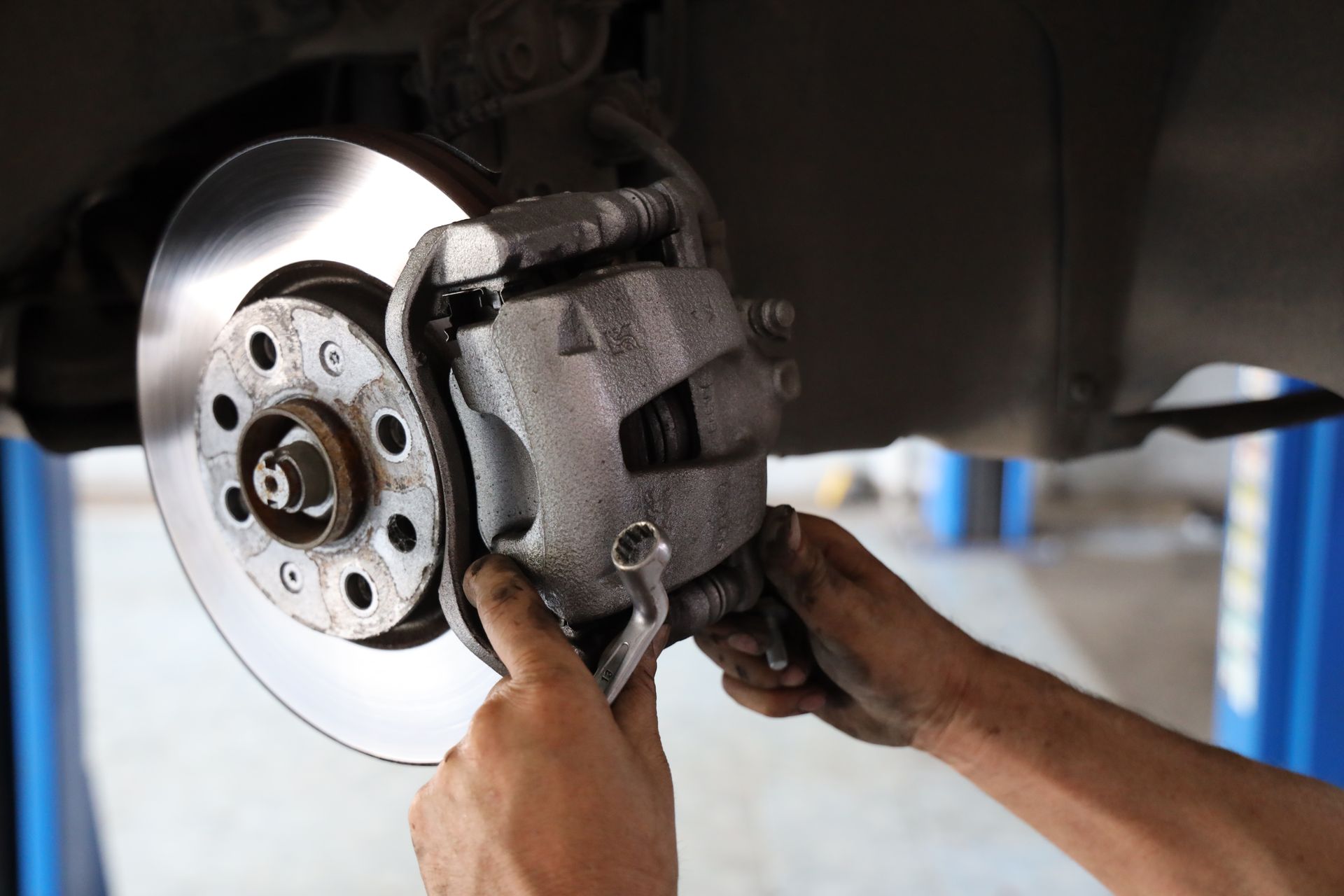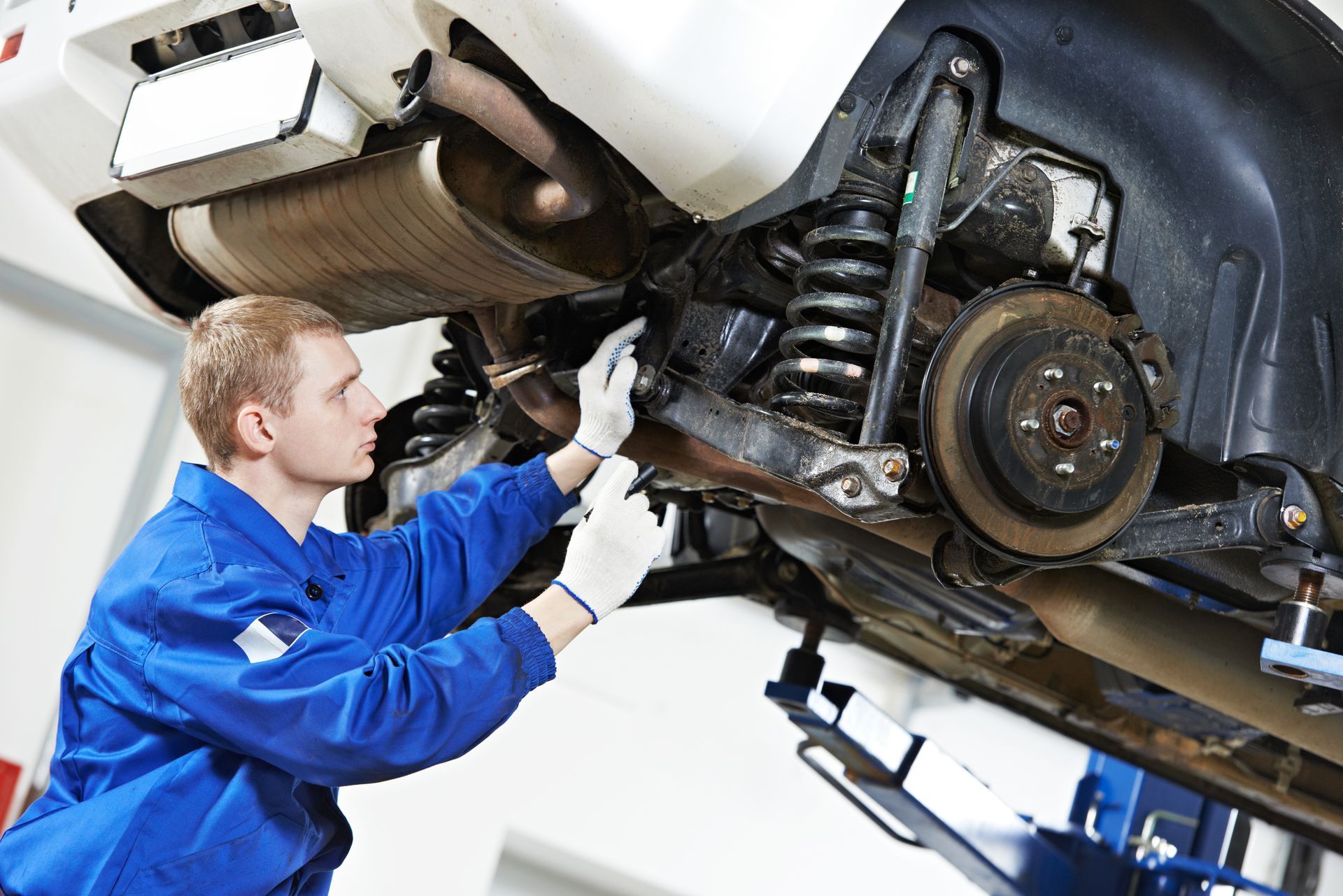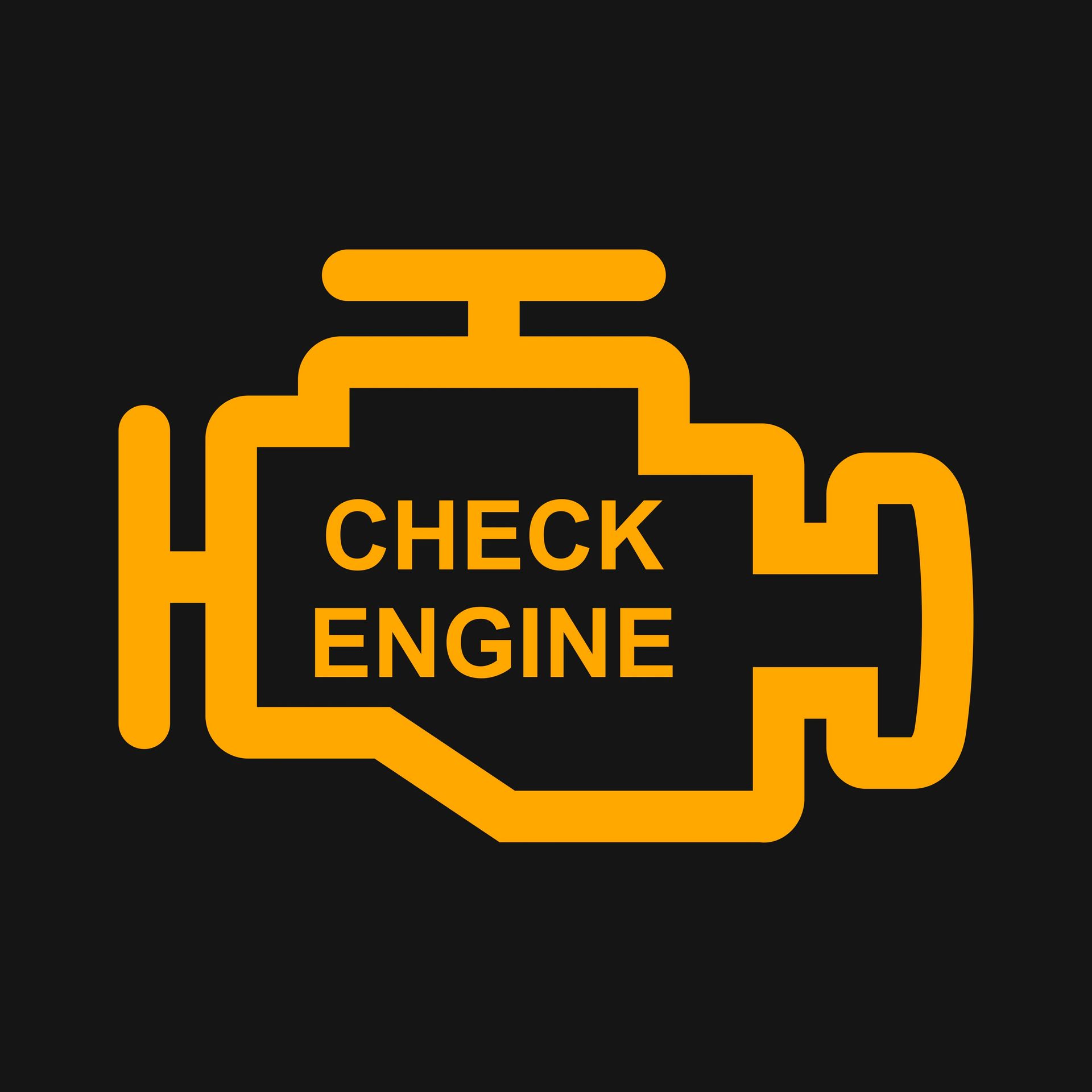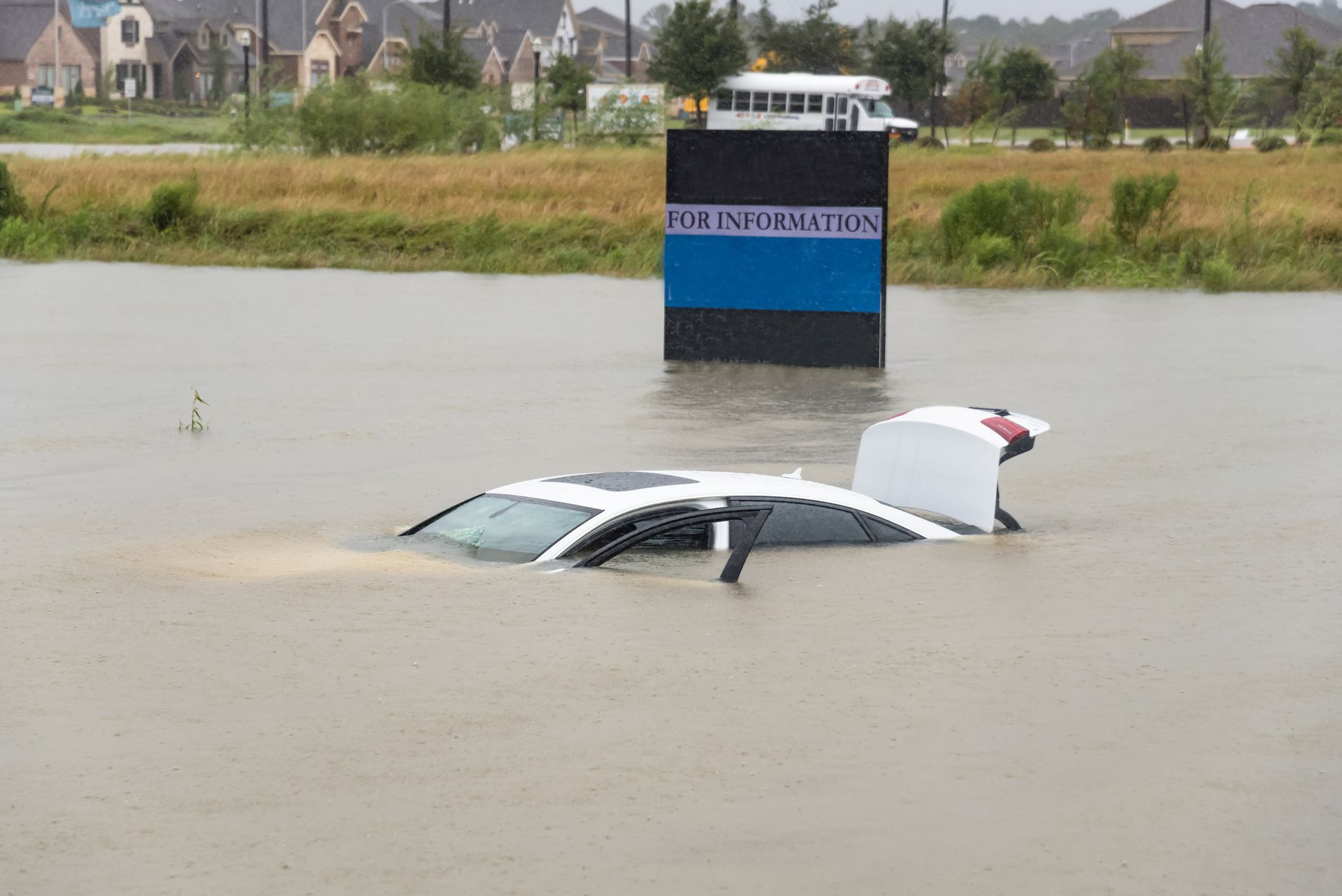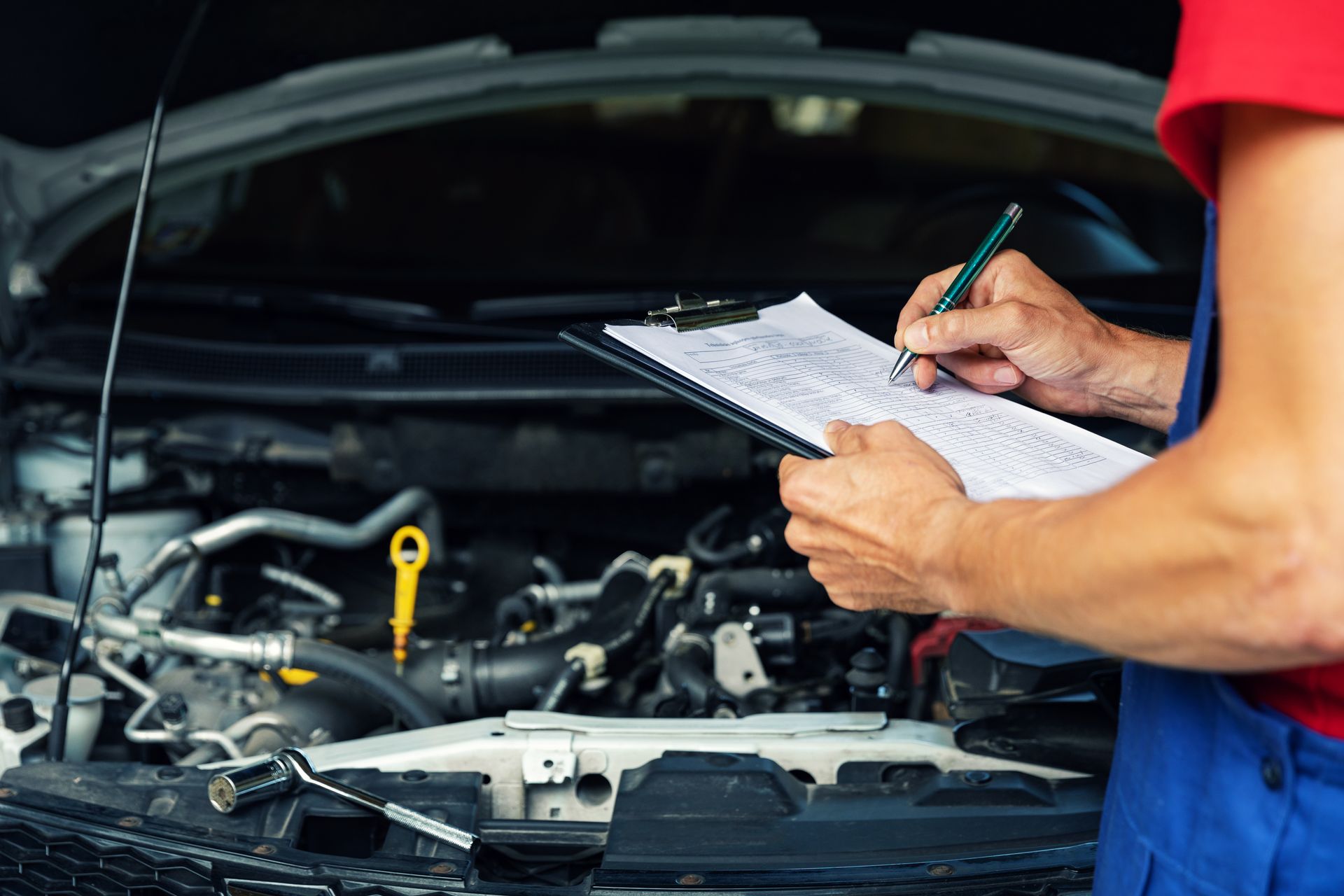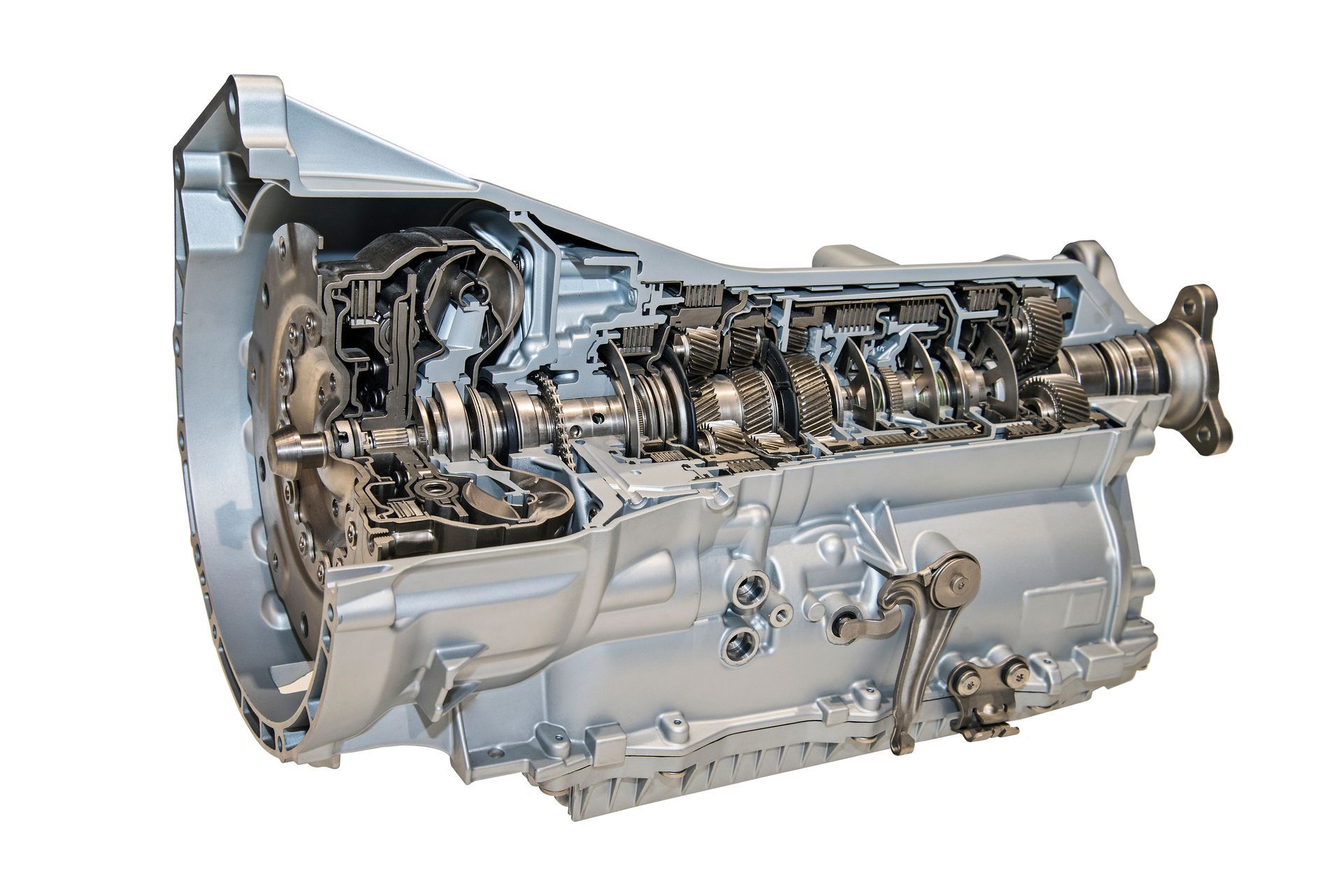Your radiator plays a crucial role in keeping your engine at a safe operating temperature. It helps transfer heat away from the engine by circulating coolant, preventing dangerous overheating. A failing radiator can lead to serious engine damage and leave you stranded on the side of the road. Knowing the warning signs that your radiator is about to fail can help you take action before a minor problem turns into a costly repair.
Engine Overheating
One of the most obvious signs of a failing radiator is engine overheating. If you notice your temperature gauge climbing higher than normal or see a warning light come on, your radiator may not be effectively dissipating heat.
Frequent overheating episodes indicate that something is restricting coolant flow or that the radiator isn’t able to transfer heat properly anymore. It’s important not to ignore these signs, as consistent overheating can warp engine components or cause head gasket failure.
Coolant Leaks
Coolant leaks under your car can be a clear sign of radiator trouble. A failing radiator may develop cracks or corrosion that allow coolant to escape.
You might notice bright green, orange, or pink fluid pooling beneath your vehicle. Even small leaks can lead to significant coolant loss over time, reducing the system's ability to keep the engine cool and causing overheating.
Low Coolant Levels
If you frequently top off your coolant but don't see any obvious leaks, it could indicate a hidden radiator issue. Small cracks or pinhole leaks in the radiator or connecting hoses may allow coolant to evaporate slowly.
Ignoring consistently low coolant levels can lead to serious engine damage and should always prompt a thorough inspection.
Rust or Discoloration
Pop the hood and take a close look at your radiator. Rust spots or discoloration on the radiator surface are signs of corrosion and internal damage.
Rust can clog coolant passages and reduce the radiator’s ability to dissipate heat effectively. In severe cases, corrosion can eat through the radiator, leading to leaks and complete failure.
Sludge in the Radiator
Healthy coolant should be bright and clear in color. If you notice a thick, sludgy substance when you open the radiator cap or look into the overflow reservoir, it could be a sign that oil or contaminants have mixed with the coolant.
Sludge reduces the coolant’s ability to flow and cool the engine properly. It may indicate a compromised radiator or more significant engine issues, such as a blown head gasket.
Damaged or Broken Fins
The thin metal fins on your radiator help transfer heat from the coolant to the air. If these fins are bent, crushed, or corroded, they can’t dissipate heat as efficiently.
Physical damage to the fins often results from debris hitting the radiator or improper cleaning. Reduced airflow through damaged fins can quickly lead to overheating problems.
Steam or Sweet Smell
If you notice steam rising from under the hood or a sweet, syrupy smell (from leaking coolant), your radiator or related components may be failing. Steam usually indicates severe overheating or a major coolant leak and should prompt immediate attention to avoid serious engine damage.
Don’t Ignore the Warning Signs
Your radiator is vital to your engine’s health. Ignoring early warning signs of radiator problems can lead to extensive engine repairs or even total engine failure. Addressing issues as soon as they appear helps you avoid being stranded and saves you money in the long run.
Keep Your Cooling System Strong with George’s Complete Auto Repair in Cape Coral, FL
At George’s Complete Auto Repair in Cape Coral, FL, our experienced technicians understand the importance of a properly functioning radiator and cooling system. Whether you’re noticing leaks, overheating, or other symptoms, we can diagnose and repair the problem before it leads to bigger headaches.
Schedule your cooling system inspection today and enjoy peace of mind knowing your engine is protected on every drive.

